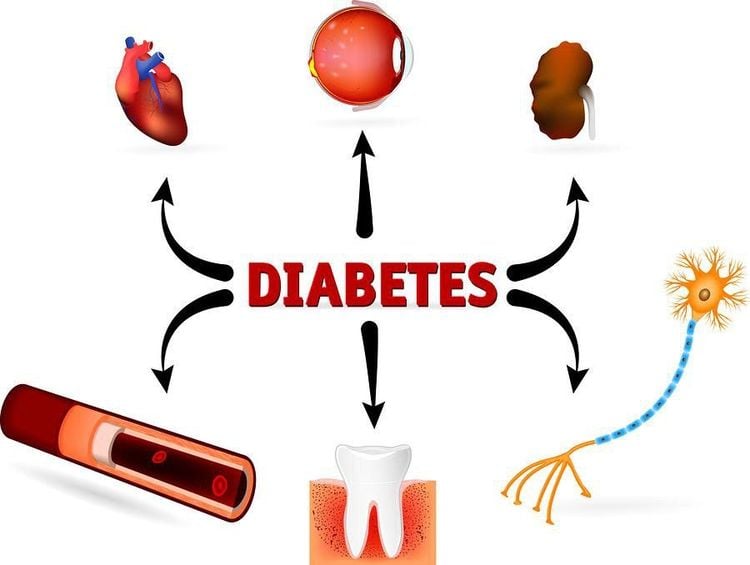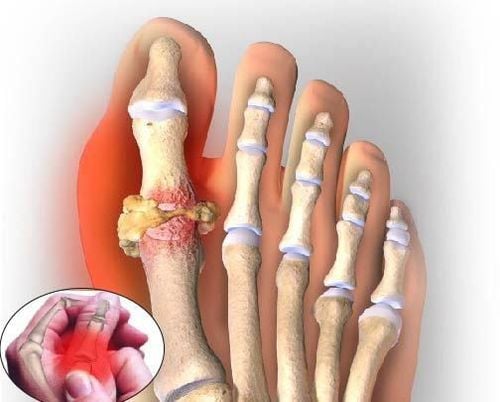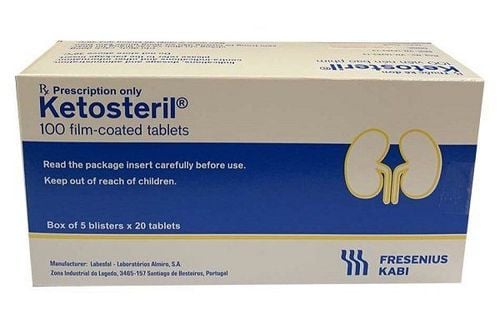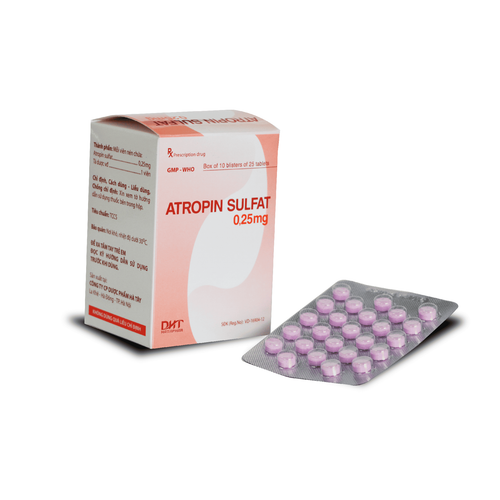This is an automatically translated article.
The article was written by Specialist Doctor I Vo Khac Khoi Nguyen - Orthopedic Trauma Doctor, Department of General Surgery - Vinmec Central Park International General Hospital.
Muscle cramps are a common manifestation in patients with diabetes. This occurs in about 80% of patients with type II diabetes and about 60% of people with type I diabetes. Cramps tend to be more common in the lower extremities and at night. This cramping can be confused with hypocalcemia and restless legs syndrome.
1. Why are diabetic patients prone to cramps?
In people with diabetes, cramps are initially associated with neuropathy. Over the time course of diabetes, cramps can be the result of electrolyte imbalance, hypoglycemia, peripheral vascular disease, and peripheral neuropathy.
Patients with type 2 diabetes have complications with kidney failure, which is a predisposing factor for more frequent cramps. People with diabetes are often prone to atherosclerosis, which alters peripheral blood vessels, producing ischemic episodes and cramps.
The causes of cramps are varied and sometimes cramps are idiopathic. There are many potential metabolic disorders in diabetic patients such as hypocalcemia , hypokalemia , hypothyroidism and liver dysfunction causing muscle cramps . Elevated HbA1c is associated with frequent cramps. Diabetics have poor blood sugar control, the greater the risk of cramping.

2.Can insulin injections cause cramps?
In 1992, Meyer and Kirkman (Duke University) reported a case in which a diabetic patient experienced cramps associated with insulin injections. After that, there were also several reports of cramps in the world after patients self-injecting rapid-acting insulin.
The authors suggested that the patient's serum potassium level fell by about 16% within 30 minutes of insulin injection, compared with a very small decrease in calcium and unchanged magnesium levels.
Since then, doctors have assumed that it is this acute hypokalemia that is likely to cause the cramps. When the authors gave potassium supplements orally or by infusion, the cramps rapidly subsided and disappeared after 30 minutes to an hour.
It has been hypothesized that the cramps associated with insulin injections may be a mild form of insulin neuroinflammation—a term first described by Caravati in 1933, then further defined and characterized by Gibbons and Freeman in 2010.
Physicians think that it is the rapid and vigorous insulin regimens that control hyperglycemia in patients with a history of pre-existing persistent hyperglycemia that may lead to fiber damage. small peripheral nerves. However, this insulin neuroinflammation is uncommon in patients with diabetes.
In summary, muscle cramps in patients with diabetes reduce quality of life. The problem of diagnosis is not difficult in clinical practice. However, to date, the mechanism and causes of cramps are not well understood and there are many theories.
Therefore, when people with diabetes have cramps, please see a doctor to screen for comorbidities such as peripheral neuropathy, metabolic disorders, etc.
Please dial HOTLINE for more information or register for an appointment HERE. Download MyVinmec app to make appointments faster and to manage your bookings easily.














